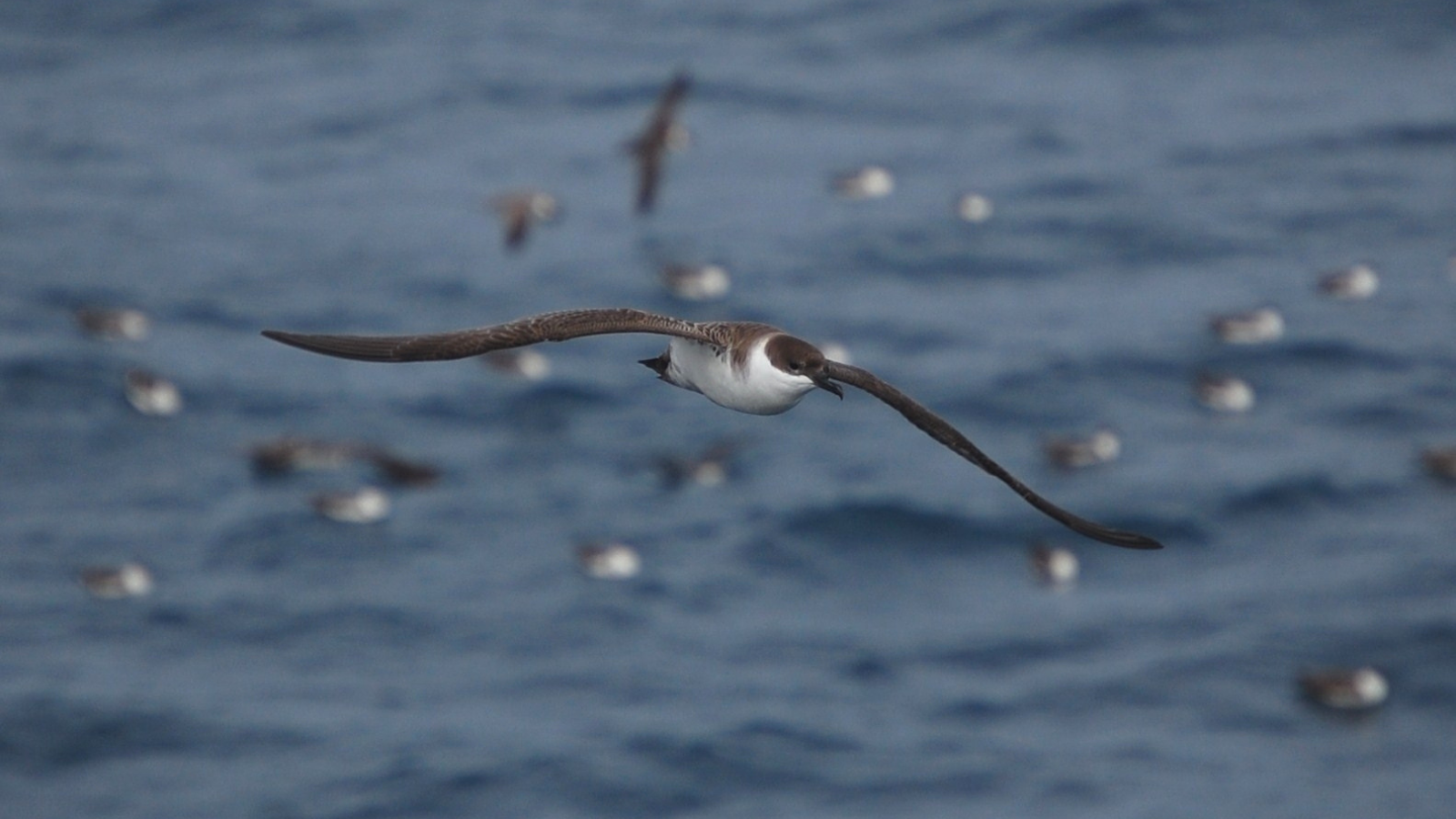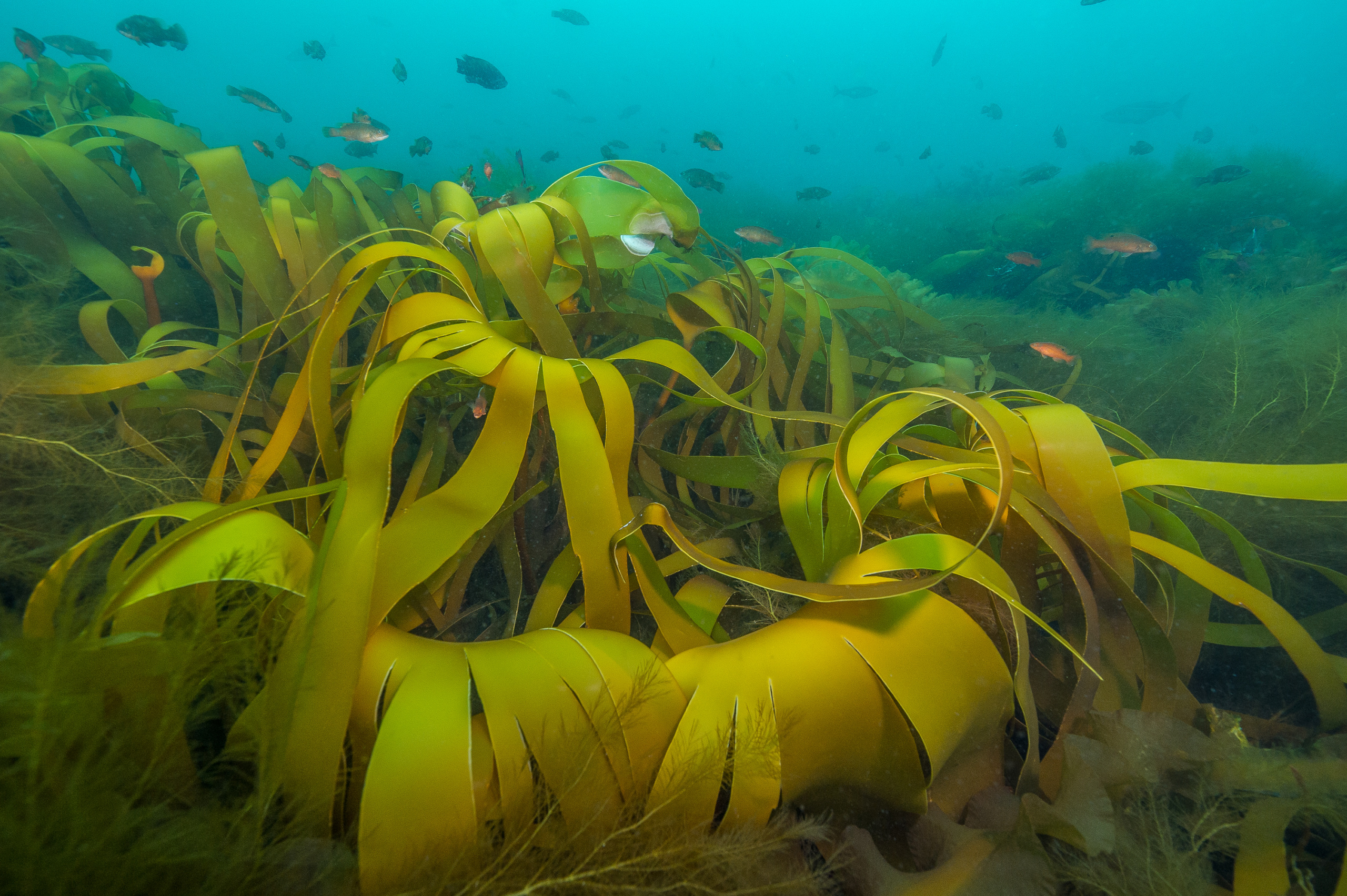
This summer, we’re following the seabirds
These superhero seabirds help New England scientists understand our changing oceans
Loki has been hanging out off the coast of Massachusetts, while Hulk, Black Widow and the Scarlet Witch are making a break for Canada. That’s the latest update from Stellwagen Bank’s annual Shearwater tagging project, which tracks where the enormous seabirds go to feed in the North Atlantic.
This year’s avian participants have all been named after Marvel superheros (with few exceptions). The birds were captured, tagged with transmitters and released earlier this summer. The trackers will allow scientists from the Stellwagen Bank National Marine Sactuary to monitor their movements until the transmitters eventually give out.
In addition to the monthly updates posted on the Sanctuary website, you can see additional tracking on the @TrackingSeabirds social media account:
Great #shearwater #Antman is off! Our 1st tagged #bird to start crossing the Atlantic, almost to the mid-Atlantic Ridge. #trackseabirds #seabirds #research #birdwatching #birding #birds #BirdsOfTwitter #scicomm pic.twitter.com/OZ62fHTyL2
— Track Seabirds (@trackseabirds) August 16, 2023
Great shearwaters, one of the three species of shearwaters that can be seen in Stellwagen Bank, are known for their lengthy annual migration. They start their yearly journey in the the Northern hemisphere’s spring by flying north to feeding grounds off the U.S., where they roam from Florida to Greenland. As summer comes to a close up north, they migrate to new feeding grounds near the Azores and off the west coast of Africa before flying to the coasts of Brazil, Argentina and Uruguay for the winter. For breeding shearwaters, they make the trek to breeding grounds in the South Atlantic.
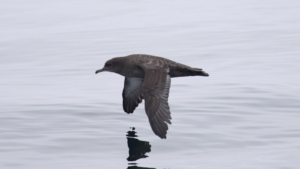
Shearwaters, like this one photographed off the coast of California, are one of the most common seabirds found in Stellwagen Bank NMSPhoto by Sophie Webb/NOAA | Public Domain
The Sanctuary’s tagging project won’t just show us where individual shearwaters hang out during their time up north; the seabirds are also an indicator of ecosystem health. Tracking their movements can help scientists understand how rising ocean temperatures are impacting sand lance, a small fish that is the shearwater’s main food source. Sand lance are also essential food for whales, dolphins, blue fin tuna and other iconic ocean animals that frequent the Gulf of Maine. Understanding if and how this food source is changing will help sanctuary managers better manage and protect the diversity and richness of the North Atlantic.
In other words, by spying on our superhero shearwaters, marine scientists can help us save our seas.

See the Campaign
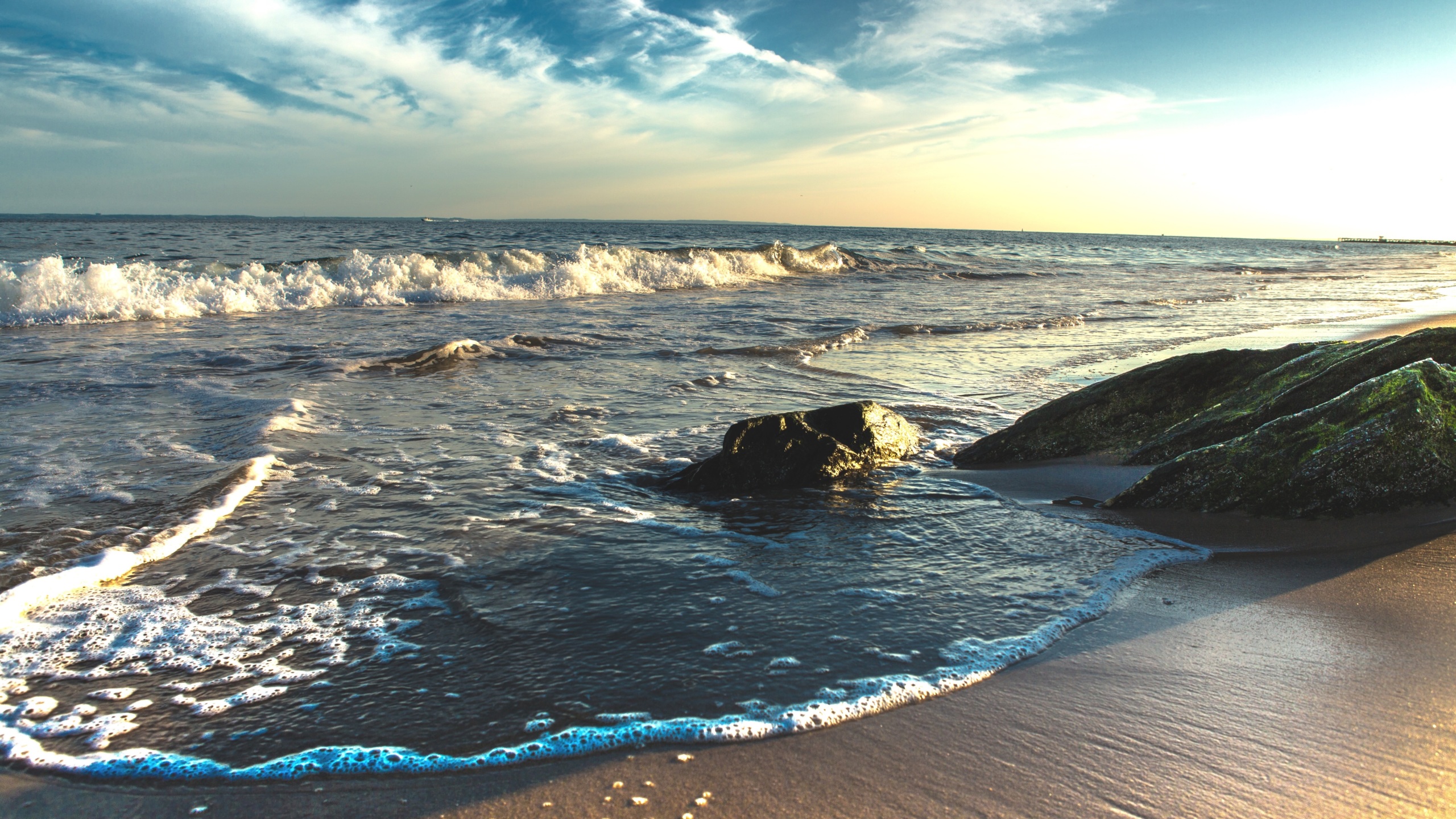
Protect Our Oceans
Topics
Updates

Energy Conservation & Efficiency
Department of Energy finalizes water heater efficiency standards
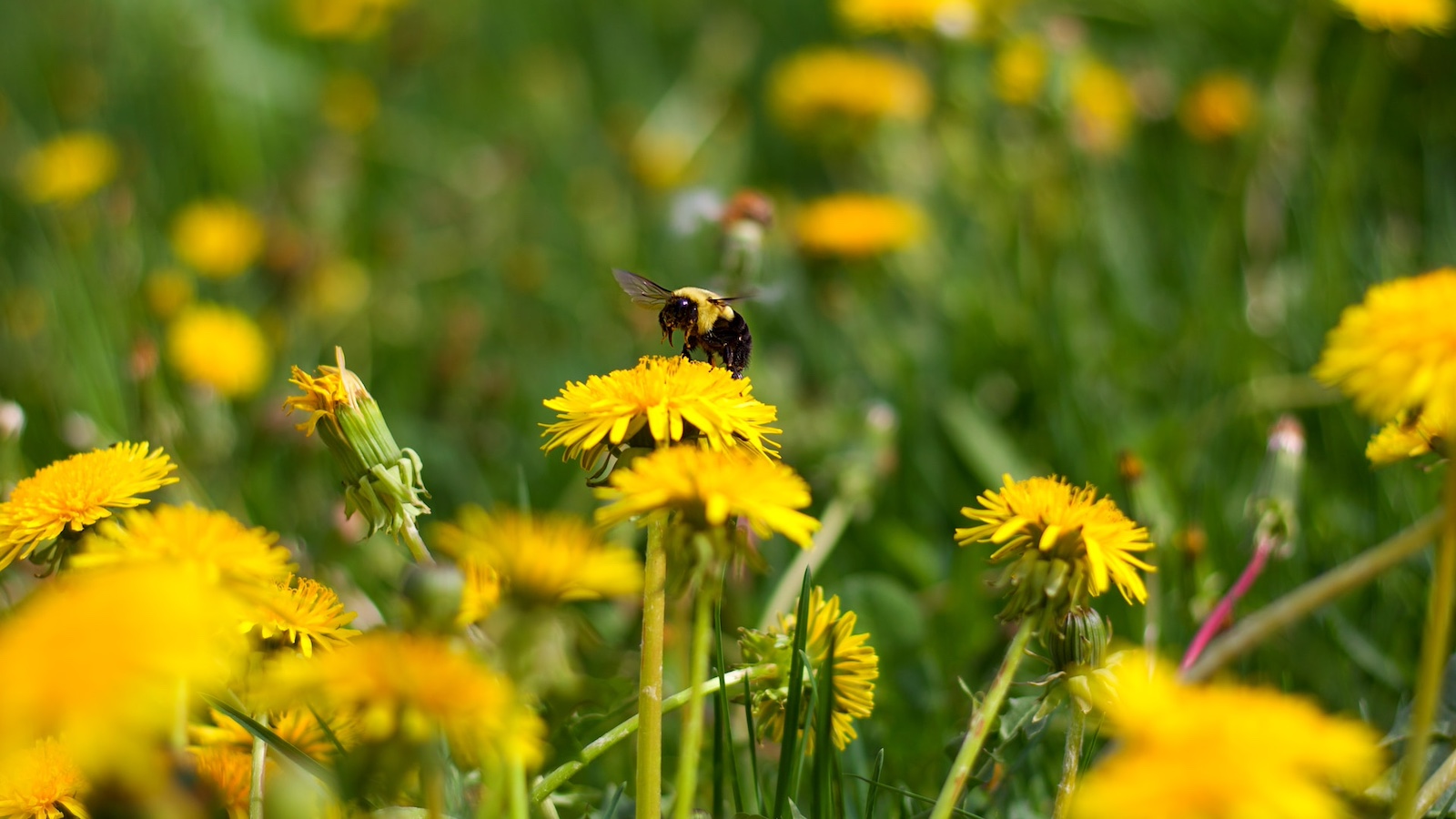
New grants can make our roadsides bee-friendly

Energy Conservation & Efficiency
Biden administration finalizes lightbulb efficiency rules

Energy Conservation & Efficiency
Groups urge Biden to ‘Finish the job’ on appliance efficiency
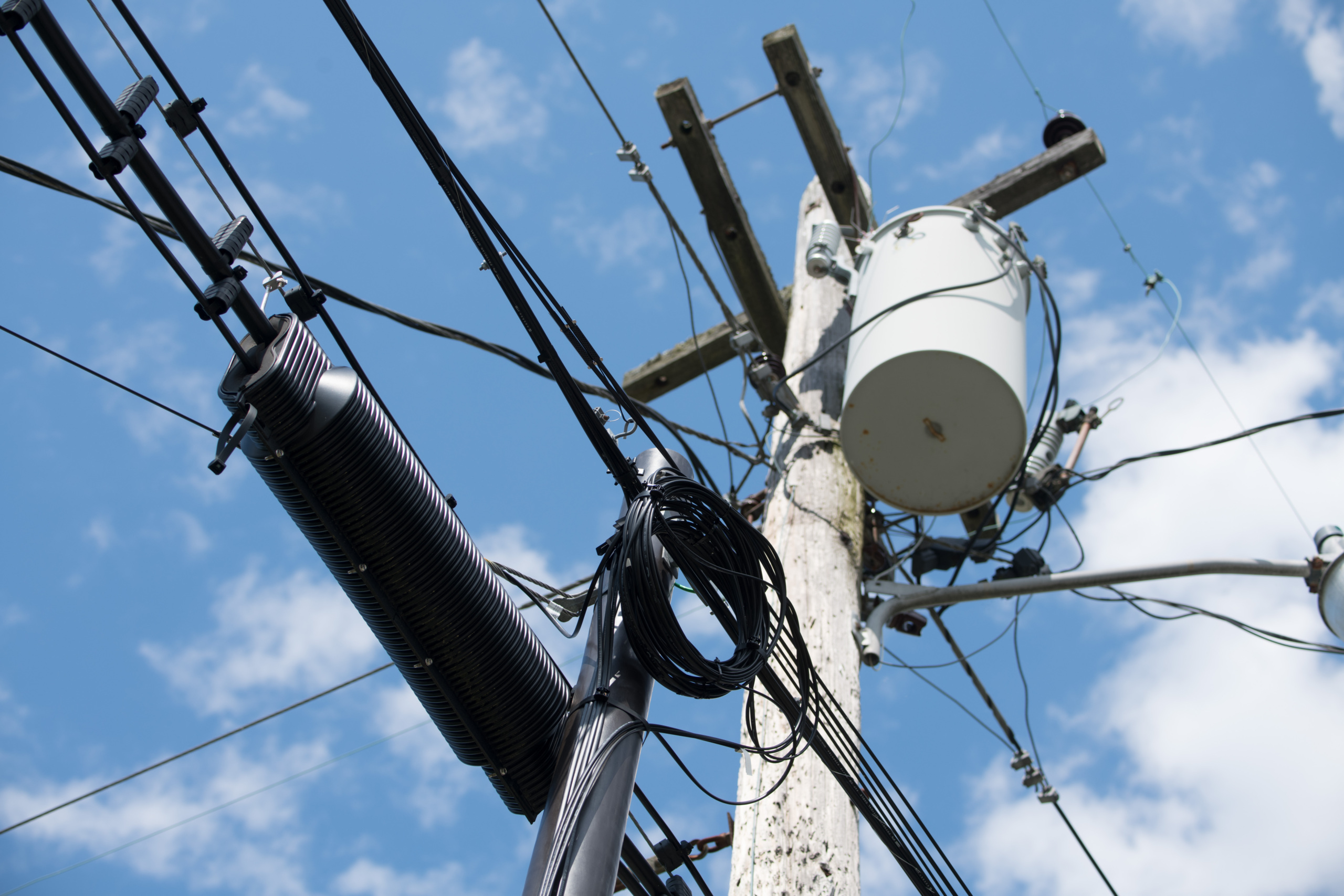
Energy Conservation & Efficiency

